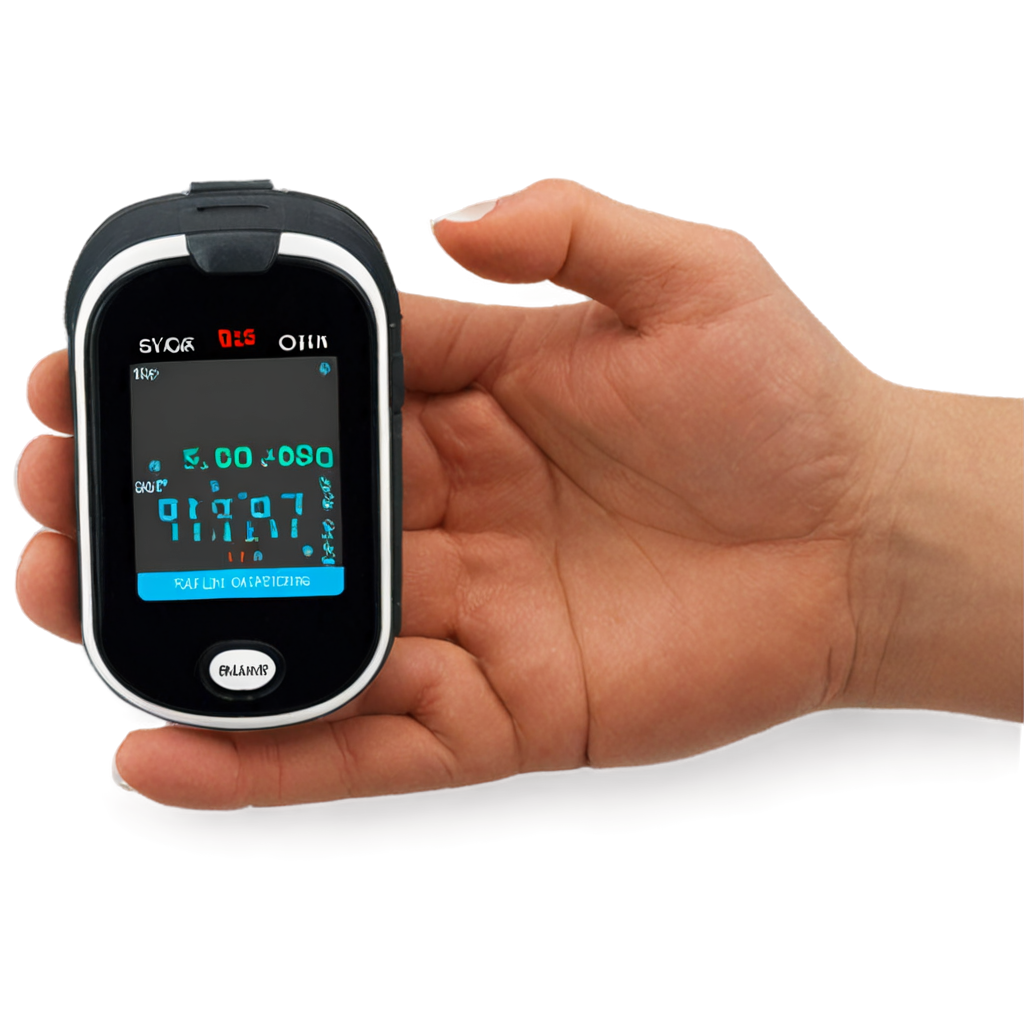
Pulse oximeters are small, portable medical devices used to measure the oxygen saturation level (SpO2) and pulse rate of an individual. They are commonly clipped onto a finger, although they can also be used on other body parts such as toes or earlobes. Pulse oximeters are non-invasive and provide quick and convenient measurements, making them valuable tools for monitoring oxygen levels in various healthcare settings, including hospitals, clinics, emergency rooms, and home care environments.
Pulse oximeters are small, portable medical devices used to measure the oxygen saturation level (SpO2) and pulse rate of an individual. They are commonly clipped onto a finger, although they can also be used on other body parts such as toes or earlobes. Pulse oximeters are non-invasive and provide quick and convenient measurements, making them valuable tools for monitoring oxygen levels in various healthcare settings, including hospitals, clinics, emergency rooms, and home care environments.
Here's how pulse oximeters typically work:
Light Emission: The pulse oximeter emits two different wavelengths of light, usually red and infrared, through the skin and blood vessels in the target area (such as a finger). Hemoglobin in the blood absorbs varying amounts of these light wavelengths depending on its oxygen saturation level.
Light Absorption: The pulse oximeter detects the amount of light that is transmitted through the blood vessels and tissue. Oxygenated hemoglobin (HbO2) absorbs less infrared light and more red light, while deoxygenated hemoglobin (Hb) absorbs more infrared light and less red light.
Calculation: By comparing the absorption of red and infrared light, the pulse oximeter calculates the oxygen saturation level (SpO2) and pulse rate of the individual. The SpO2 value is expressed as a percentage, representing the proportion of oxygenated hemoglobin in the blood.
Pulse oximeters are equipped with a display screen that shows the SpO2 reading and pulse rate in real-time. Many models also feature additional indicators such as a pulse waveform graph and a low-perfusion indicator, which alerts the user when the device is having difficulty obtaining accurate readings due to poor circulation or other factors.